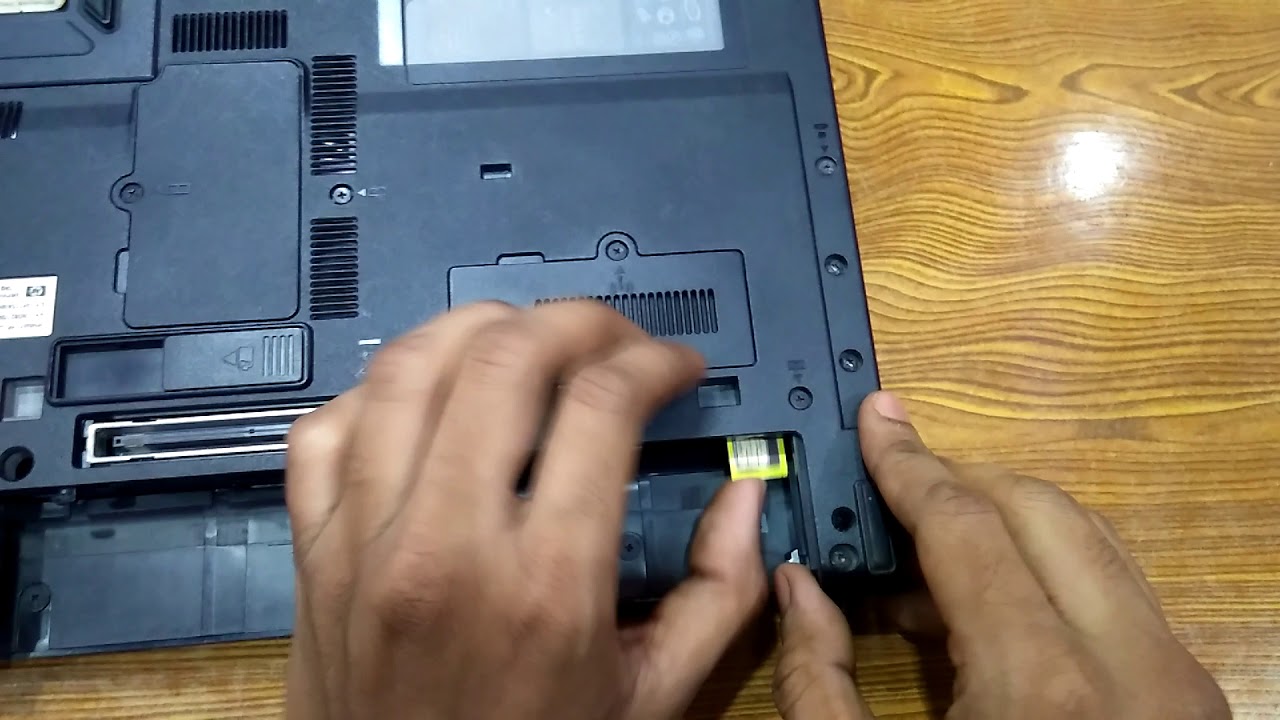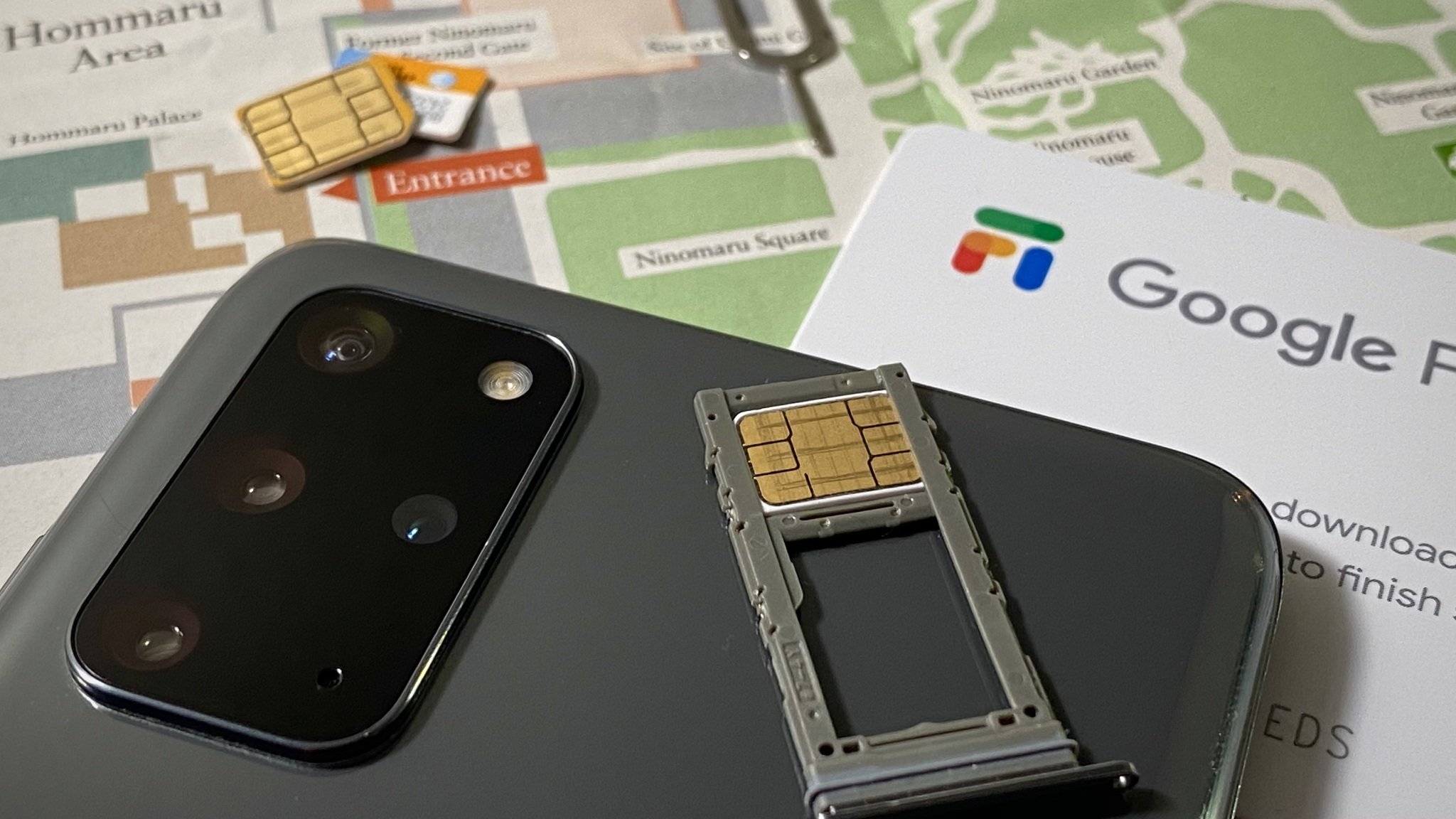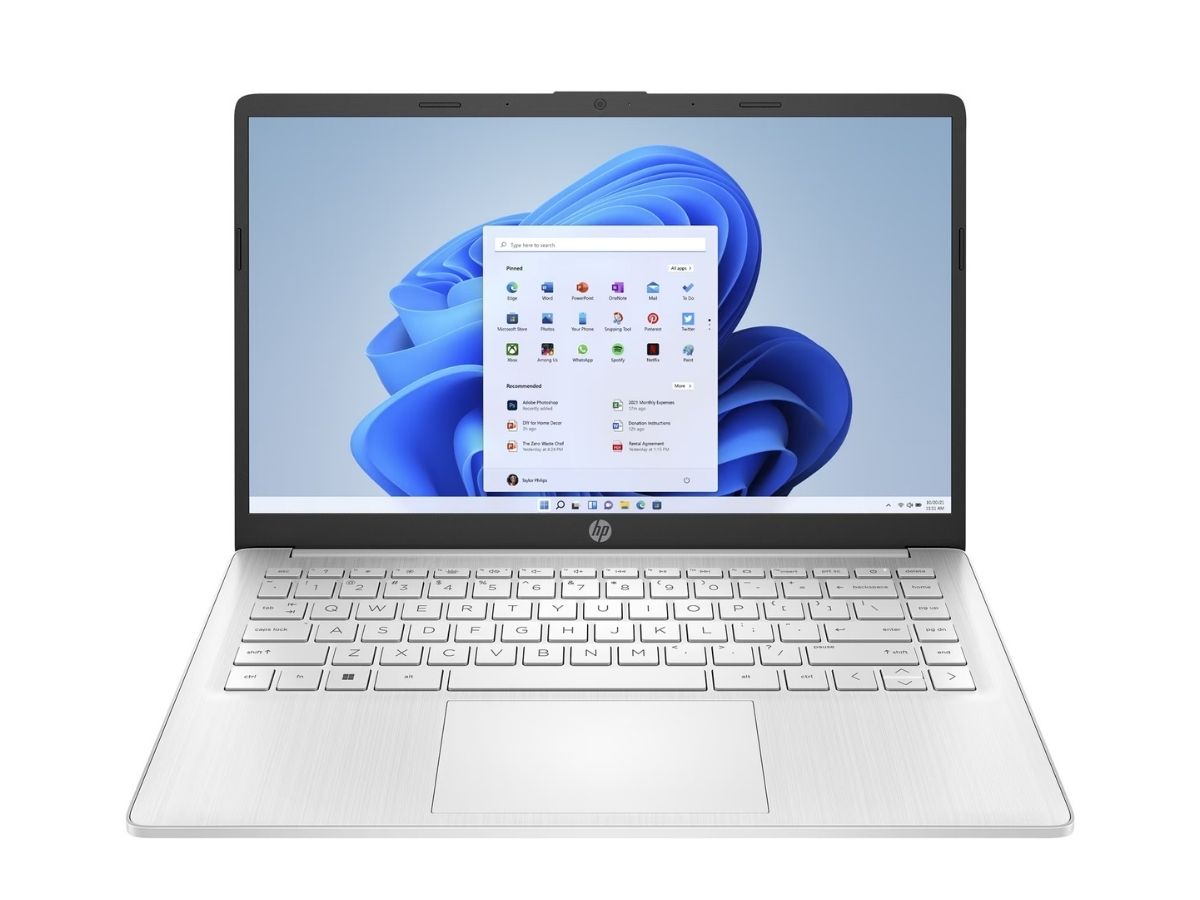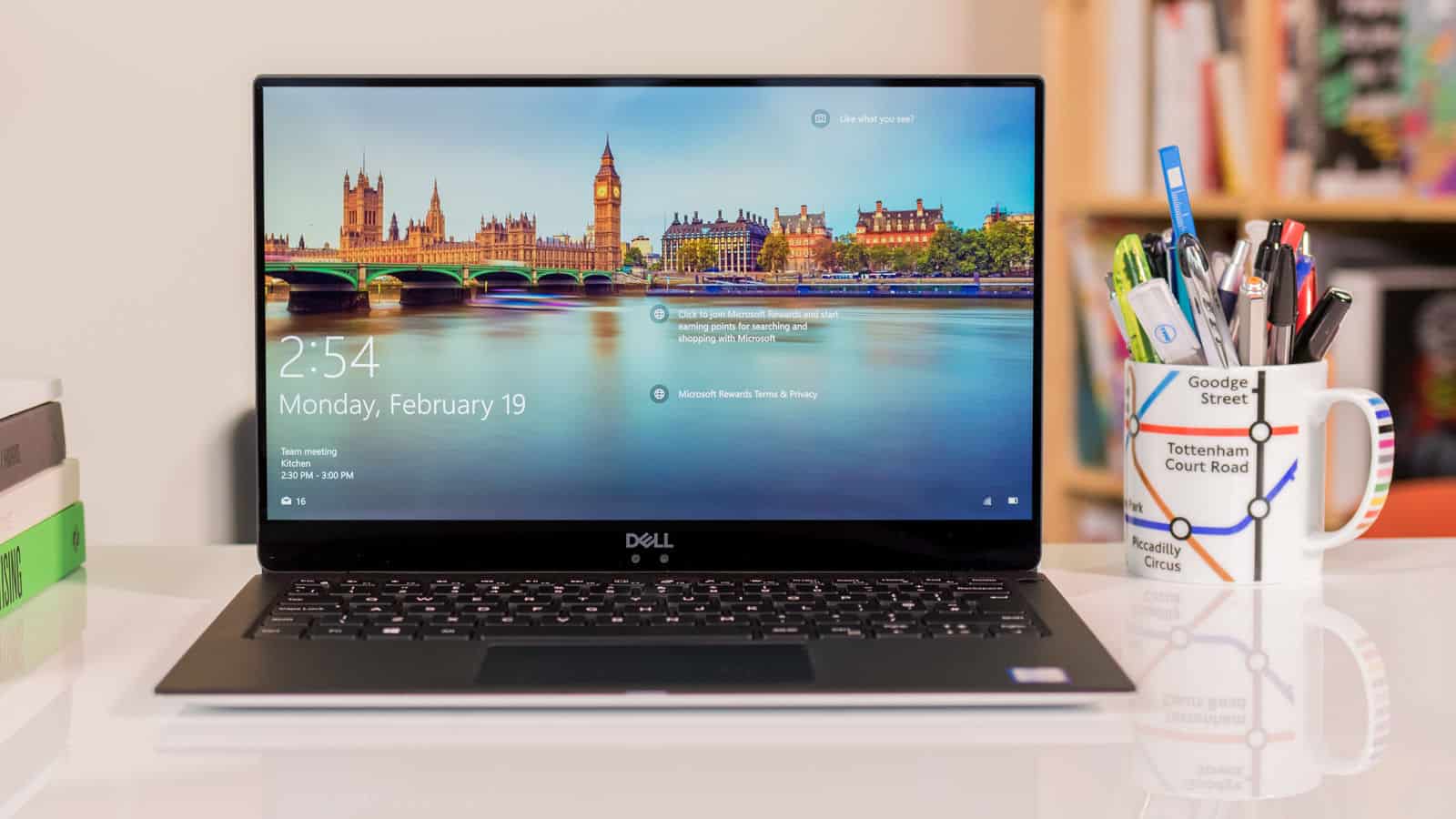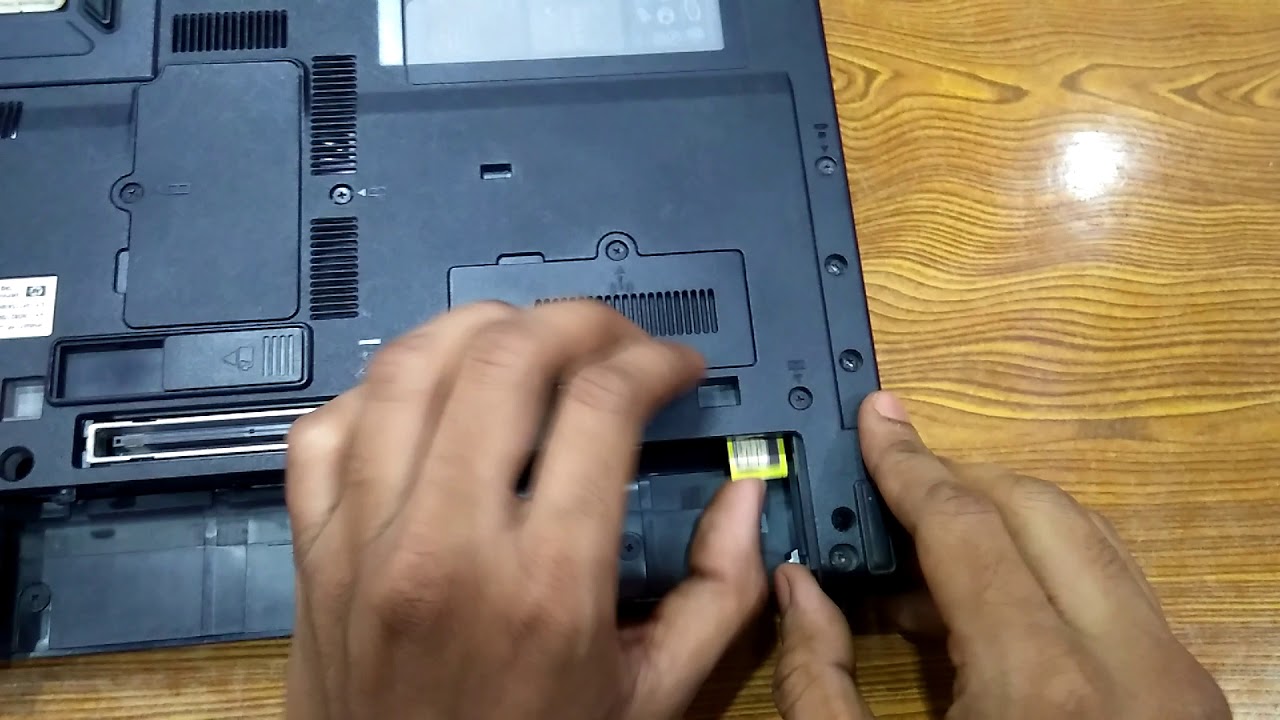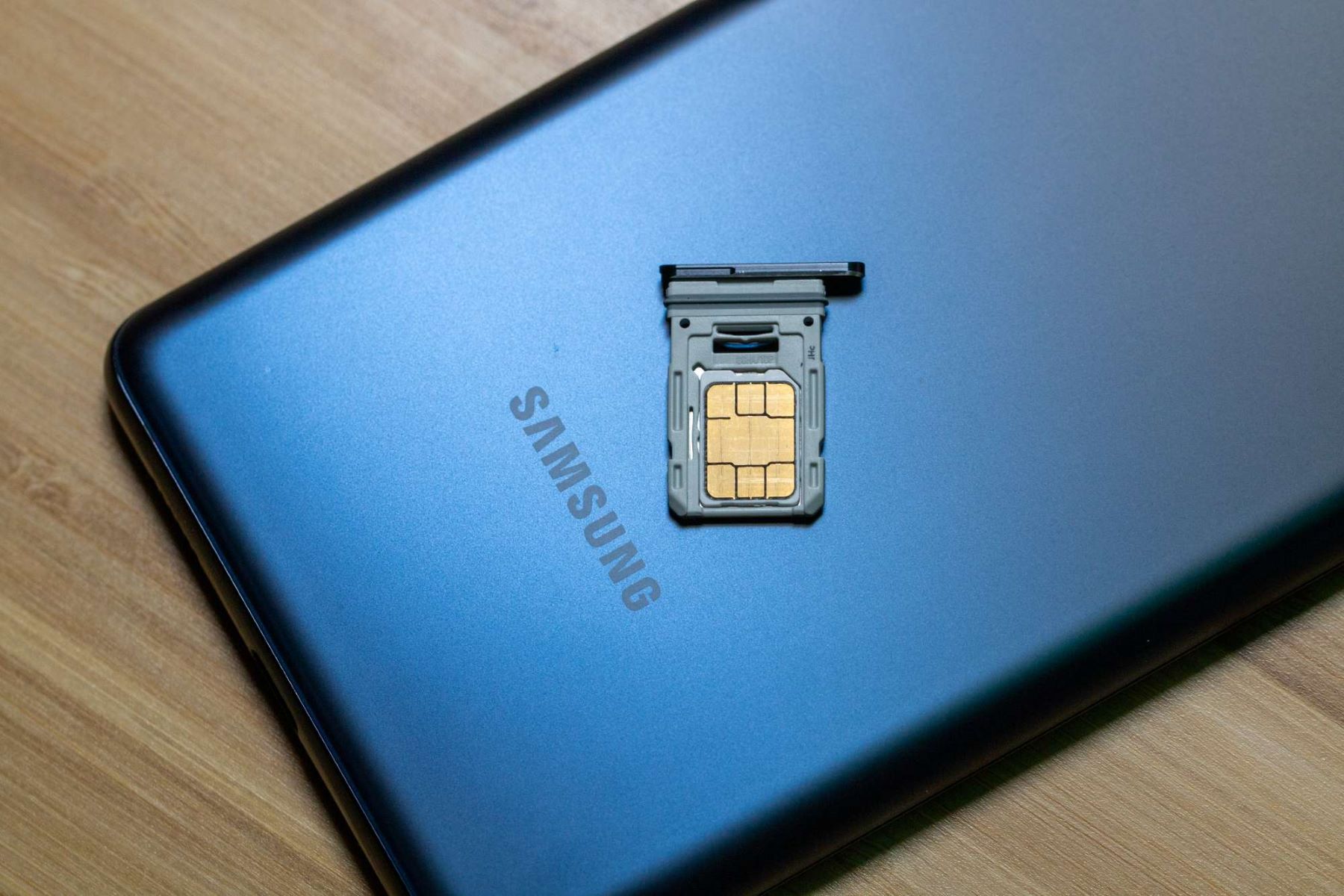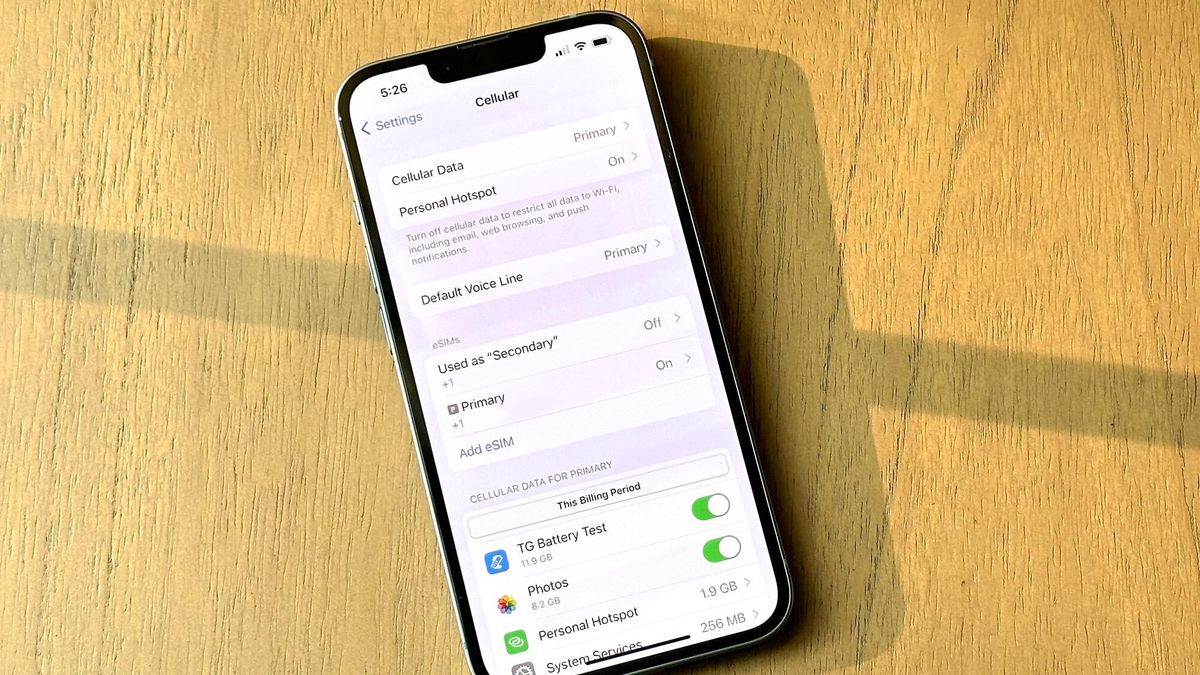Introduction
Adding a SIM card to your laptop can significantly enhance your connectivity and productivity, allowing you to access the internet from virtually anywhere. Whether you're a digital nomad, a frequent traveler, or simply seeking a reliable backup internet option, integrating a SIM card into your laptop empowers you with seamless connectivity on the go.
In this comprehensive guide, we will walk you through the step-by-step process of adding a SIM card to your laptop, ensuring that you can harness the full potential of mobile data wherever your ventures take you. From checking for a SIM card slot to troubleshooting potential issues, this guide is designed to equip you with the knowledge and confidence to effortlessly integrate mobile data into your laptop setup.
By following the instructions outlined in this guide, you can unlock a new level of flexibility and convenience in your digital endeavors. Whether you need to stay connected while traveling, require a reliable backup internet solution, or simply prefer the convenience of mobile data, adding a SIM card to your laptop can be a game-changer in how you stay connected and productive.
So, let's embark on this journey together and discover how simple and rewarding it can be to integrate mobile data into your laptop. With the right guidance and a willingness to explore new possibilities, you'll soon be reaping the benefits of seamless connectivity and enhanced productivity, all at your fingertips.
Step 1: Check for SIM Card Slot
Before embarking on the journey of integrating a SIM card into your laptop, it's crucial to determine whether your device is equipped with a SIM card slot. This fundamental step sets the stage for the subsequent process, ensuring that your laptop is compatible with the addition of a SIM card. Here's how you can check for the SIM card slot and ascertain the feasibility of integrating mobile data into your laptop:
-
Refer to the User Manual: The user manual that accompanies your laptop is an invaluable resource for identifying its features and specifications. Look for the section related to connectivity options or hardware specifications, as it often provides detailed information about the presence of a SIM card slot.
-
Physical Inspection: Examine the sides and rear panel of your laptop for a small, rectangular slot that may be accompanied by an icon resembling a SIM card. This slot is typically located near the battery compartment or on the edge of the device. Some laptops feature a SIM card tray that can be accessed by gently inserting a pin into a tiny hole, similar to the mechanism found in smartphones.
-
Device Manager: For a more technical approach, you can access the Device Manager on your Windows laptop or the System Information utility on a Mac to investigate the presence of a SIM card slot. Navigate to the network adapters section and look for any mention of a cellular modem or SIM card slot, which indicates that your laptop is equipped to support mobile data connectivity.
-
Online Research: If you're unable to locate the SIM card slot through the aforementioned methods, consider researching the specifications of your laptop model online. The manufacturer's website or reputable technology forums often contain detailed specifications that can confirm whether your laptop is SIM card-enabled.
By diligently exploring these avenues, you can confidently determine whether your laptop possesses a SIM card slot, laying the groundwork for the seamless integration of mobile data into your digital ecosystem. This initial step is pivotal in ensuring that your laptop is primed to embrace the practicality and versatility of mobile connectivity, empowering you to stay connected and productive in diverse settings.
Step 2: Purchase a Data Plan
Once you've confirmed that your laptop is equipped with a SIM card slot, the next crucial step is to procure a suitable data plan that aligns with your connectivity needs. A data plan serves as the gateway to accessing mobile data on your laptop, enabling you to harness the power of seamless internet connectivity without relying solely on Wi-Fi networks. Here's a detailed exploration of the essential considerations and steps involved in purchasing a data plan for your laptop:
Assess Your Usage Requirements
Before delving into the realm of data plans, it's imperative to evaluate your typical internet usage patterns and requirements. Consider factors such as the amount of data you anticipate using, the frequency of your travels, and the regions where you intend to utilize mobile data. By understanding your usage needs, you can make informed decisions when selecting a data plan that offers optimal coverage and data allowances.
Research Service Providers
Explore the offerings of reputable mobile service providers in your region, comparing their data plans to identify the most suitable option for your laptop. Look for providers that offer reliable coverage in the areas where you anticipate using mobile data, ensuring that you can stay connected without encountering connectivity gaps or service disruptions.
Plan Features and Pricing
Scrutinize the features and pricing structures of various data plans, taking note of crucial elements such as data allowances, network speeds, international roaming options, and any additional perks or limitations. Assess the cost-effectiveness of each plan in relation to the benefits it offers, aiming to strike a balance between affordability and the inclusion of features that cater to your specific connectivity needs.
Consider Device Compatibility
Verify that the data plans you're considering are compatible with laptops and allow for SIM card usage in non-traditional devices. Some service providers offer specialized data plans tailored for tablets, laptops, and other mobile devices, ensuring optimized performance and compatibility with your laptop's SIM card slot.
Activation and Payment Options
Explore the activation process and payment options associated with the data plans you're evaluating. Determine whether the provider offers convenient activation methods for laptop SIM cards and flexible payment arrangements that align with your preferences, whether it's monthly billing, pay-as-you-go options, or long-term contracts.
Customer Reviews and Support
Prioritize data plans offered by providers with a track record of reliable customer support and positive user experiences. Delve into customer reviews and testimonials to gauge the overall satisfaction levels and the responsiveness of the provider's support channels, ensuring that you can rely on prompt assistance should you encounter any connectivity issues.
By meticulously navigating these considerations and steps, you can confidently select a data plan that seamlessly integrates with your laptop, enabling you to harness the full potential of mobile data connectivity. With a well-suited data plan in place, you'll be poised to embark on your digital endeavors with the assurance of uninterrupted connectivity and the freedom to stay productive, whether you're working remotely, traveling, or simply seeking a reliable backup internet solution.
Step 3: Insert the SIM Card
Now that you have verified the presence of a SIM card slot on your laptop and secured a suitable data plan, it's time to proceed with the pivotal step of inserting the SIM card into your device. This process is relatively straightforward, but it requires precision and care to ensure that the SIM card is properly installed, facilitating seamless connectivity. Here's a detailed walkthrough of the steps involved in inserting the SIM card into your laptop:
-
Power Off Your Laptop: Before handling the SIM card and accessing the SIM card slot, it's essential to power off your laptop and disconnect any external peripherals. This precautionary measure minimizes the risk of damage to the SIM card or the laptop's internal components during the insertion process.
-
Locate the SIM Card Slot: Refer to your laptop's user manual or the physical inspection you conducted earlier to pinpoint the exact location of the SIM card slot. In most cases, the slot is situated on the side or rear panel of the laptop, adjacent to the battery compartment or alongside other connectivity ports.
-
Prepare the SIM Card: Remove the SIM card from its packaging or the SIM card tray provided by your service provider. Handle the SIM card with care, holding it by the edges to avoid contact with the metal contacts or the chip embedded within the card.
-
Insert the SIM Card: Gently slide the SIM card into the designated slot, ensuring that it aligns with the orientation depicted by any icons or markings near the slot. The SIM card should fit snugly into the slot without requiring excessive force. If your laptop features a SIM card tray, carefully place the SIM card onto the tray and reinsert it into the designated slot.
-
Secure the SIM Card Slot: Once the SIM card is properly inserted, secure the SIM card slot cover or tray to prevent the card from dislodging. This step varies depending on your laptop model, with some devices featuring a spring-loaded mechanism that automatically secures the SIM card upon insertion.
-
Power On Your Laptop: With the SIM card successfully inserted, power on your laptop and navigate to the network settings to configure the mobile data connectivity. Depending on your operating system and the SIM card's compatibility, you may need to follow specific setup procedures to activate the mobile data service.
By meticulously following these steps, you can seamlessly integrate the SIM card into your laptop, paving the way for uninterrupted access to mobile data and enhanced connectivity on the go. With the SIM card securely in place, you're now poised to explore the boundless opportunities that mobile data connectivity offers, empowering you to stay connected and productive in diverse environments.
Step 4: Set Up Mobile Data
Setting up mobile data on your laptop after inserting the SIM card involves a series of straightforward yet essential steps to ensure seamless connectivity. By configuring the mobile data settings, you can harness the full potential of your laptop's integrated SIM card, enabling you to stay connected and productive regardless of your location. Here's a comprehensive guide on how to set up mobile data on your laptop:
Access Network Settings
Navigate to the network settings on your laptop, typically located in the system tray or within the system preferences menu. Look for options related to cellular or mobile data connectivity, which may appear under the network or internet settings, depending on your operating system.
Select Cellular Network
Upon accessing the network settings, locate the option to manage cellular or mobile data connections. Depending on your laptop's specifications and the SIM card's compatibility, you may be prompted to select a cellular network or configure the mobile data settings manually.
Activate Mobile Data
Enable the mobile data feature on your laptop, allowing the device to establish a connection with the cellular network using the inserted SIM card. This activation process may involve toggling a specific setting within the network options to initiate the mobile data service.
Configure APN Settings
Access the Access Point Name (APN) settings within the mobile data configuration menu. The APN serves as the gateway for your laptop to connect to the cellular network and access mobile data. Depending on your service provider, you may need to input specific APN details, which can typically be obtained from the provider's support resources or customer service.
Verify Data Connection
After configuring the mobile data settings and APN details, verify that your laptop successfully establishes a data connection through the inserted SIM card. Check the signal strength and network indicator to ensure that the mobile data service is operational, allowing you to browse the internet and access online resources seamlessly.
Test Connectivity
Conduct a brief test of the mobile data connectivity by accessing a website or initiating a download. This verification step ensures that your laptop can leverage the mobile data service effectively, providing you with the reassurance of reliable connectivity for your digital tasks and online activities.
By meticulously following these steps to set up mobile data on your laptop, you can unlock the full potential of your integrated SIM card, enabling you to stay connected and productive in diverse settings. With mobile data seamlessly configured, you're ready to embark on your digital endeavors with the assurance of uninterrupted connectivity and the freedom to harness the benefits of mobile data on your laptop.
Step 5: Troubleshooting Tips
Even with careful planning and execution, you may encounter occasional hiccups when integrating a SIM card into your laptop for mobile data connectivity. These troubleshooting tips are designed to help you navigate common challenges and ensure that your mobile data setup operates seamlessly, empowering you to stay connected and productive without disruptions.
Signal Reception Issues
If you notice inconsistent signal reception or a weak cellular network connection, consider adjusting your laptop's positioning to optimize signal strength. Moving to a different location or repositioning the device near a window can often improve signal reception, minimizing connectivity issues.
APN Configuration Errors
In the event of connectivity issues, revisit the Access Point Name (APN) settings on your laptop and verify that the details entered align with your service provider's requirements. Incorrect APN configurations can impede mobile data connectivity, so double-checking this crucial setting is essential for troubleshooting connectivity issues.
SIM Card Compatibility
Ensure that the SIM card you've inserted into your laptop is compatible with the device and the selected data plan. Incompatibility issues may arise if the SIM card is not tailored for laptop use or if it lacks the necessary features to support mobile data connectivity on your specific device.
Software Updates
Regularly check for software updates for your laptop's operating system and network-related drivers. Outdated software can lead to compatibility issues with the integrated SIM card, so keeping your system up to date can mitigate potential connectivity challenges and ensure optimal performance.
Service Provider Support
If persistent connectivity issues arise, reach out to your service provider's customer support for assistance. They can provide valuable insights, troubleshoot technical issues, and offer guidance on optimizing mobile data connectivity for your laptop.
Device Compatibility Checks
Verify that your laptop's hardware and specifications align with the requirements for utilizing mobile data through a SIM card. Some laptops may require specific configurations or hardware capabilities to support seamless mobile data connectivity, and confirming compatibility is crucial for troubleshooting any persistent issues.
By leveraging these troubleshooting tips, you can effectively address common challenges associated with integrating a SIM card into your laptop for mobile data connectivity. Armed with the knowledge to troubleshoot potential issues, you can ensure that your mobile data setup operates flawlessly, allowing you to embrace the benefits of uninterrupted connectivity and enhanced productivity in diverse environments.
Conclusion
In conclusion, the integration of a SIM card into your laptop opens a gateway to enhanced connectivity and productivity, offering a seamless means of accessing mobile data wherever your ventures take you. By embarking on the step-by-step journey outlined in this guide, you've gained valuable insights into the process of adding a SIM card to your laptop and harnessing the power of mobile data connectivity.
Through the meticulous examination of your laptop for a SIM card slot, the procurement of a suitable data plan, the precise insertion of the SIM card, and the seamless setup of mobile data, you've equipped yourself with the tools to seamlessly integrate mobile connectivity into your digital ecosystem. This endeavor not only provides the flexibility to stay connected while traveling or working remotely but also serves as a reliable backup internet solution, ensuring uninterrupted productivity in diverse settings.
Furthermore, the troubleshooting tips offered in this guide empower you to navigate potential challenges with confidence, allowing you to troubleshoot connectivity issues and optimize the performance of your mobile data setup. By addressing signal reception concerns, verifying APN configurations, and leveraging service provider support when necessary, you can ensure that your laptop's mobile data connectivity operates seamlessly, enabling you to stay connected without disruptions.
As you venture forward with your newly integrated mobile data setup, remember that the world is now your workspace, and connectivity knows no bounds. Whether you're exploring new horizons, engaging in remote collaborations, or simply seeking the freedom to work from versatile locations, the addition of a SIM card to your laptop empowers you to embrace the full potential of mobile connectivity.
In essence, the journey of integrating a SIM card into your laptop transcends mere technicalities; it embodies the spirit of adaptability, resilience, and the relentless pursuit of seamless connectivity. With the right guidance and a willingness to explore new possibilities, you've embarked on a transformative journey that amplifies your digital capabilities and redefines the way you stay connected and productive.
So, as you venture forth with your laptop empowered by mobile data connectivity, may you embrace the boundless opportunities that await, leveraging the freedom to connect, create, and thrive in a world where connectivity knows no limits. Your laptop is now a portal to a world of possibilities, and with mobile data at your fingertips, the horizon of your digital endeavors expands infinitely.









